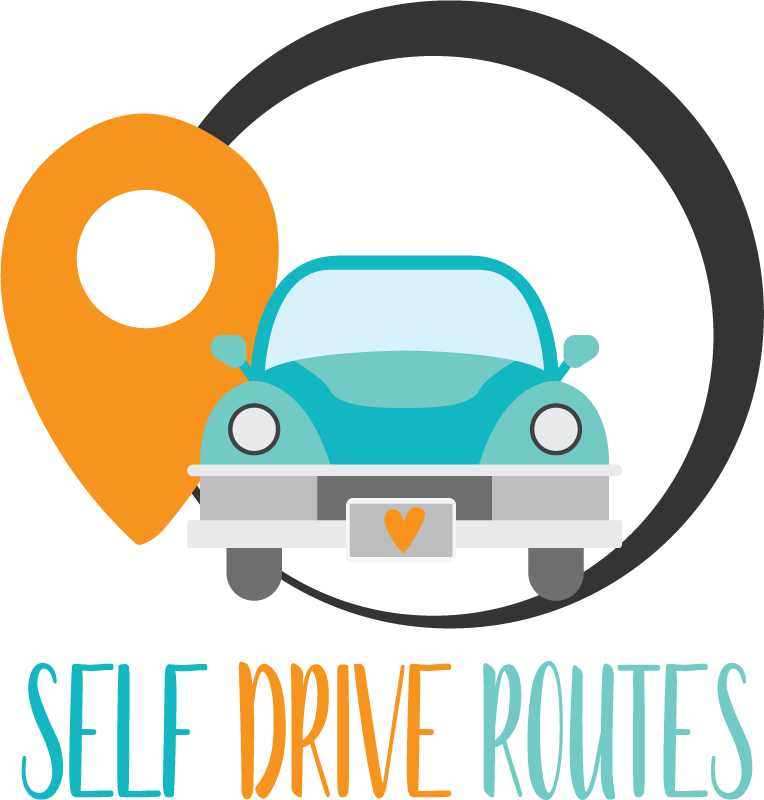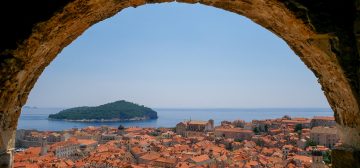Croatia
The Jewel of the Adriatic
Croatia is a breathtaking European gem offering a mix of idyllic beaches, ancient ruins, stunning landscapes, and timeless charm. This country has over 1,000 sun-drenched islands and miles of crystal-clear coastline. It’s no wonder Croatia is known as Eastern Europe’s Riviera.
Top Reasons to Visit Croatia
🏝️ Spectacular Adriatic Coastline – From the world-famous beaches of Hvar and Brač to the secluded coves of Mljet and Vis, Croatia is a paradise for beach lovers.
🏰 Rich History & Culture – Wander through the UNESCO-listed Old Town of Dubrovnik, pr explore Diocletian’s Palace in Split. Pay a visit the charming medieval streets of Rovinj and Poreč.
🌿 Unspoiled Natural Beauty – Discover Plitvice Lakes National Park, home to cascading waterfalls and emerald lakes, or explore Krka National Park, where you can swim beneath scenic waterfalls.
🚢 Island-Hopping & Sailing Adventures – Explore the stunning islands of Korčula, Hvar, and the Elaphiti Islands, or set sail on a luxury yacht charter along the breathtaking Dalmatian coast.
🍽️ Gourmet Food & Wine Scene – Savor fresh seafood, truffle-infused delicacies, and world-class wines from regions like Istria and Pelješac.
🎉 Vibrant Nightlife & Festivals – From the legendary Yacht Week to the Ultra Music Festival in Split, Croatia is a top destination for partygoers and music lovers.
Luxury & Off-the-Beaten-Path Experiences
✨ Luxury Travelers – Indulge in five-star seaside resorts, Michelin-starred dining, and yacht-filled marinas in glamorous hotspots like Dubrovnik and Hvar.
🌿 Nature Lovers & Adventure Seekers – Hike the Paklenica National Park trails, dive into the Blue Cave on Biševo Island. Try white-water rafting on the Cetina River.
🏡 Authentic Local Experiences – Explore stone fishing villages, hidden wine cellars, and traditional Konobas. These are the best places to enjoy homemade olive oil, cheese, and local wines.

